Published in the Sunday Indian Express Magazine - Eye on 10 March, 2024
Let’s uncover the stories these regions tell, stories of resilience, of ancient trade routes, and of natural wonders that continue to draw people from across the world.
After an adventurous exploration of the Garden Route in South Africa last week, I want to divert our attention back to Incredible India. Our country, a land of vast diversity and contrasts, spans from the snowy peaks of the Himalayas in the north to the sun-drenched beaches of the Indian Ocean in the south. From the dense forests of the east to the vast deserts of the west. Indias geographical diversity is both complex and mind-blowing at the same time. So today, I wanted to explore India’s farthest corners - its northernmost, southernmost, easternmost, and westernmost points.
These locations, each with their own unique characteristics and significance, together sketch the territorial boundaries of India and mark the edges of a landscape that has shaped the economic activities, cultural practices, and historical narratives of the diverse communities that inhabit our nation. Let’s uncover the stories these regions tell, stories of resilience in the face of climatic extremities, of ancient trade routes that shaped economic destinies, and of natural wonders that continue to draw people from across the world.
Nestled amidst the grandeur of the Himalayas, Indias northernmost point, is not just a geographical marker but a symbol of resilience and sovereignty. This point, located in the Siachen Glacier region, represents the sheer will and determination of India to protect its boundaries. The Siachen Glacier, often referred to as the worlds highest battlefield, stretches to an altitude where only the brave dare to tread.
At the same time, the Siachen Glacier holds immense geopolitical significance for India. It serves as a crucial buffer zone between India and our neighbours, Pakistan and China. Control over Siachen ensures Indias strategic advantage, enabling surveillance and offering a vantage point that is critical for our national security. The climate in the Siachen region is unforgiving. Temperatures can plummet to minus 60 degrees Celsius, making human habitation almost impossible. The glacier is prone to avalanches and blizzards, posing significant risks to the soldiers stationed there. Despite these challenges, the Indian Army has maintained a continuous presence, adapting to the extreme conditions with remarkable resilience.
Beyond the strategic importance and climatic challenges lies the human element of Siachen. The soldiers stationed here live in some of the most challenging conditions on Earth, away from their families and the comforts of home, to safeguard our nations frontiers. Their bravery and sacrifices are a testament to the spirit of the Indian armed forces.
Far removed from the icy confines of the Siachen Glacier, Indias southernmost point paints a contrasting picture of tropical abundance and serene oceanic beauty. Indira Point, located on the Great Nicobar Island in the Andaman and Nicobar Islands, marks the southern tip of the Indian territory. Cloaked in dense tropical forests and fringed by the azure waters of the Indian Ocean, Indira Point is not just a geographic landmark but a mosaic of biodiversity and cultural narratives.
Indira Point is emblematic of the rich ecological mix that characterizes the Andaman and Nicobar Islands. The region is a hotspot of biodiversity, housing a multitude of endemic species of flora and fauna. The surrounding waters are part of a vibrant marine ecosystem, home to coral reefs teeming with diverse marine life.
The Andaman and Nicobar Islands, with Indira Point as their southernmost marker, are steeped in a rich cultural and historical heritage. The indigenous tribes of the islands, some of the most isolated human populations in the world, offer a glimpse into a way of life that is closely intertwined with nature. These communities, including the Great Nicobarese, the Onges, and the Sentinalese, remind us of the diverse cultural diversity that India embodies.
The history of the islands is also marked by their strategic importance in maritime trade routes, as well as their role during the colonial era. Indira Point and the surrounding islands have witnessed significant historical events, from ancient maritime trade to being a pivotal base in World War II, shaping the socio-political narrative of the region. Indira Points serene beauty, coupled with its ecological and cultural significance, makes it a unique jewel in Indias crown.
Venturing to the eastern extremities of India, we find ourselves in Kibithoo, a small village in Arunachal Pradesh that marks the countrys easternmost point. Kibithoo is affectionately hailed as India’s Land of the Rising Sun. Each morning, it is here that the day begins for India, as the first golden rays of dawn hit Kibithoo. Nestled in the lush landscapes of the Eastern Himalayas, Kibithoo is not just a geographic landmark, but a place characterized by a diverse socio-economic landscape shaped by its geographical isolation and strategic location near the border with China.
Kibithoo is surrounded by breathtaking natural beauty, with dense forests, rushing rivers, and panoramic views of the Himalayas. The regions pristine landscapes offer tremendous potential for eco-tourism, attracting visitors seeking adventure and tranquility in Indias untouched wilderness. The cultural fabric of the easternmost point of India is woven with the traditions and customs of the indigenous tribes of Arunachal Pradesh. The people of Kibithoo and its neighbouring areas celebrate their heritage through festivals, dances, and traditional crafts, offering a window into the rich cultural diversity of the region. This cultural vibrancy, combined with the scenic beauty of the landscape, makes Kibithoo a symbol of the harmonious co-existence of nature and culture.
The westernmost point of India is located in Guhar Moti, Gujarat, a region that presents a stark contrast to the lush landscapes of the east and the icy terrains of the north. Guhar Moti is an emerging tourism gem that offers a blend of history, culture, and natural beauty. Visitors can explore ancient maritime heritage, vibrant local festivals, and serene beaches along the Arabian Sea coast here. The regions proximity to the Rann of Kutch and historic sites like Dwarka, further adds to its allure. Moreover, the region’s delicious cuisine, and the warmth of its people add another layer of significance to Indias westernmost point, making it a vibrant part of the nations diverse mosaic.
The four farthest points of India - Siachen Glacier in the north, Indira Point in the south, Kibithoo in the east, and Guhar Moti in the west - span vast distances across diverse landscapes. The distance between these points underscores the vastness of Indias territory and the diversity of our geography and culture. From the northernmost to the southernmost point, the distance is over 3,000 kilometers, a testament to the vertical expanse of our country. Similarly, from the easternmost to the westernmost point, the country stretches for about 3,000 kilometers, showcasing India’s vast horizontal spread.
Planning a trip that includes all four extremities would definitely be an ambitious endeavour, given the distances and the varied terrain involved, but not unachievable in my opinion. As the saying goes, Impossible is Nothing, we have had our guests explore three kinds of trips: 1) Kashmir to Kanyakumari over 40 days through 32 cities. 2) Gujarat to Guwahati over 30 days through 27 cities. 3) The Great Indian Peninsula over 50 days through 45 vibrant cities. So let me leave you with only one thought today: India is indeed incredible, so Dekho Apna Desh! Dil Se! Pyaar Se! Samman Se! Thats it for today then, see you next week. Until then, keep Celebrating Life.










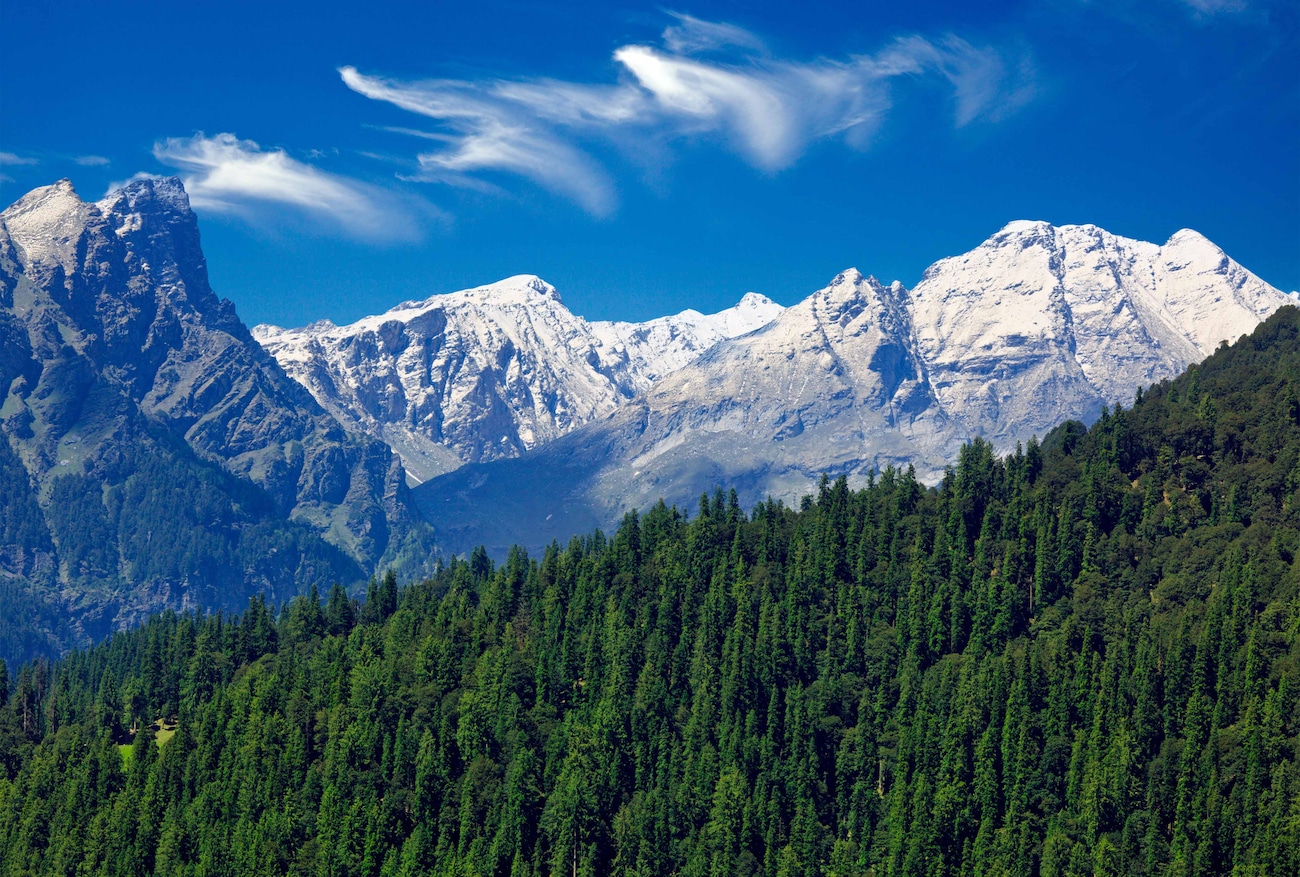



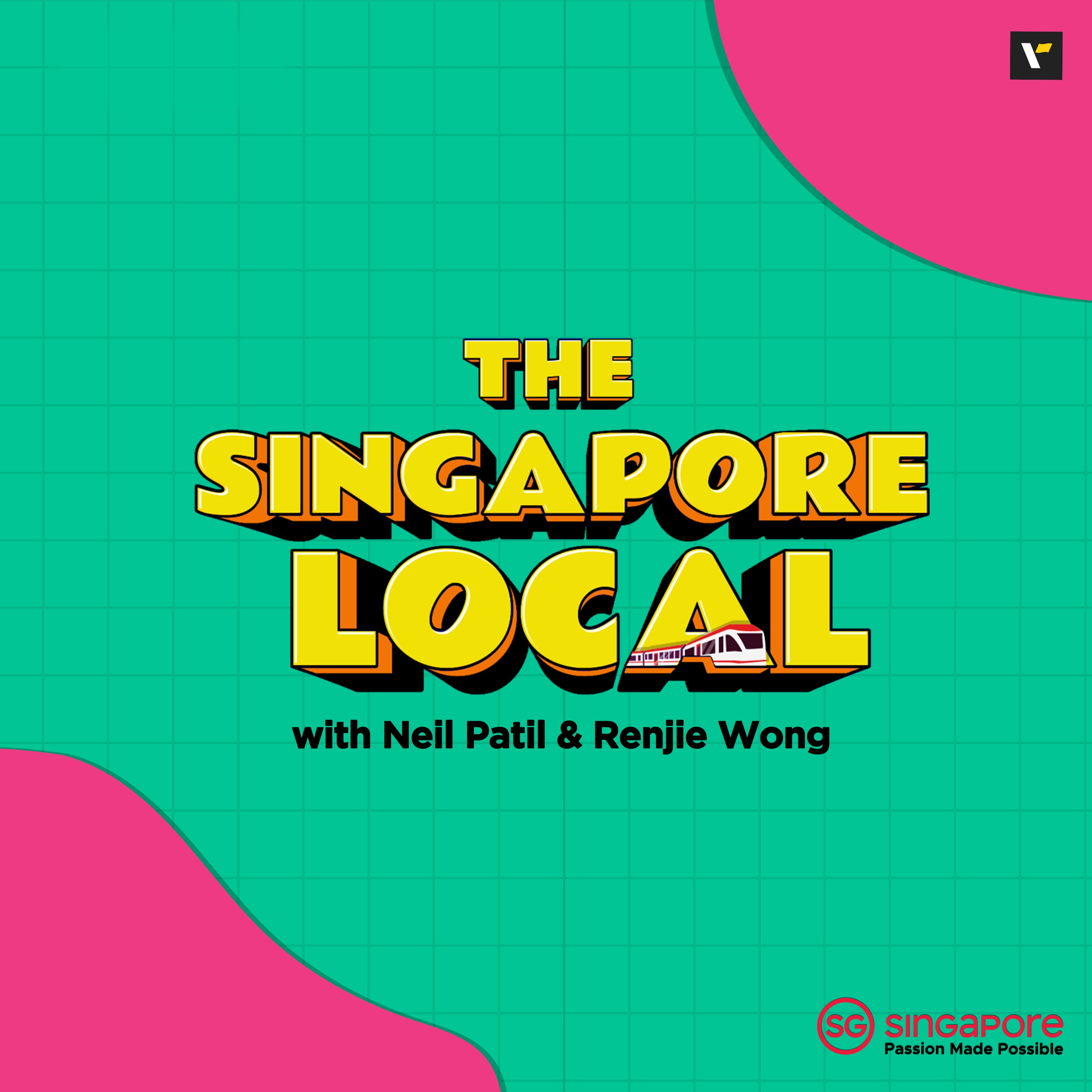
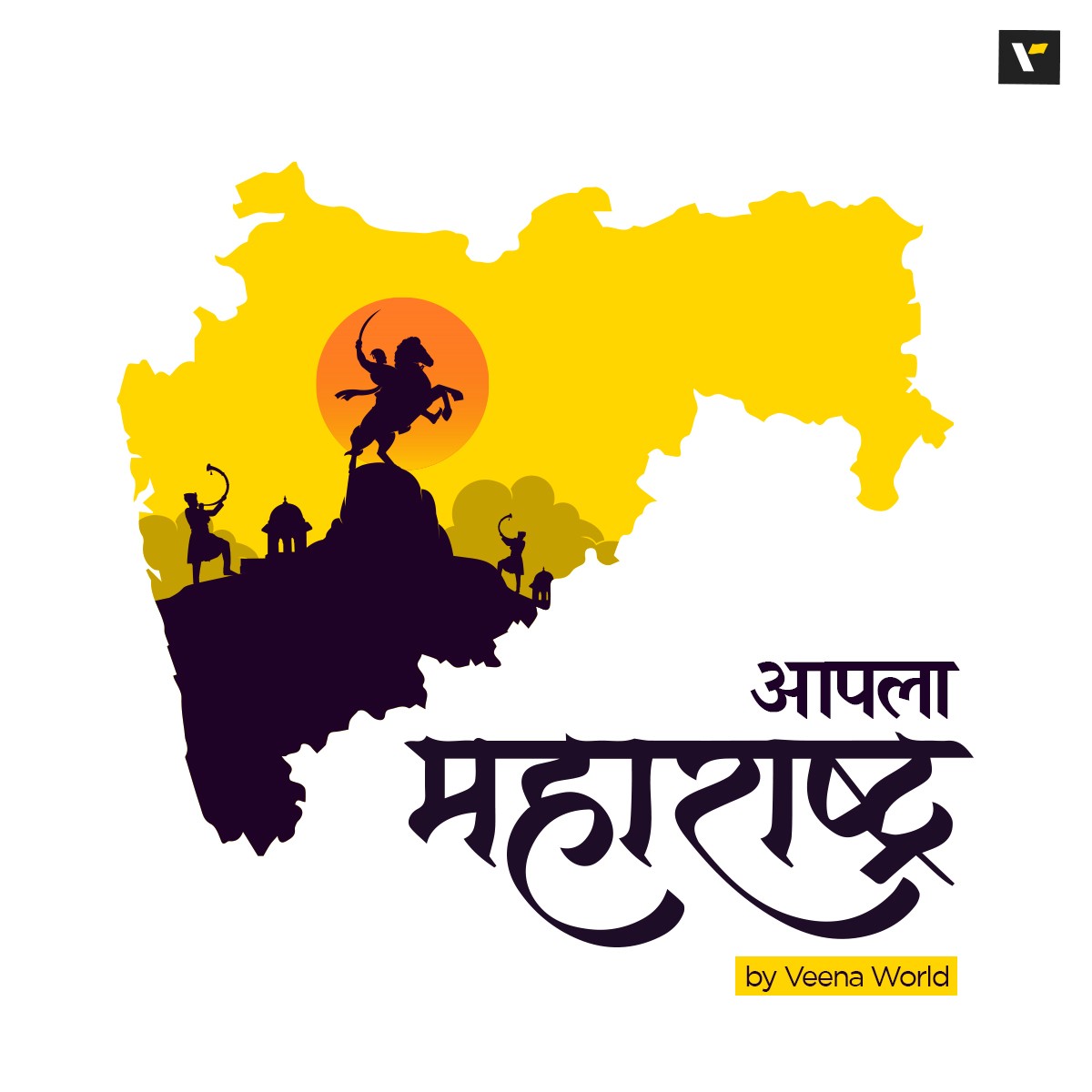











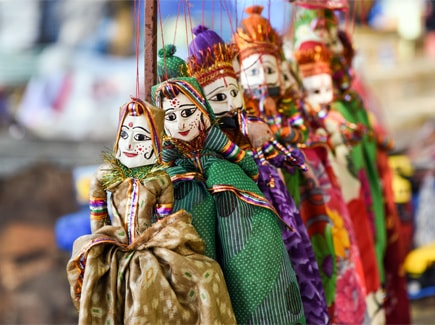
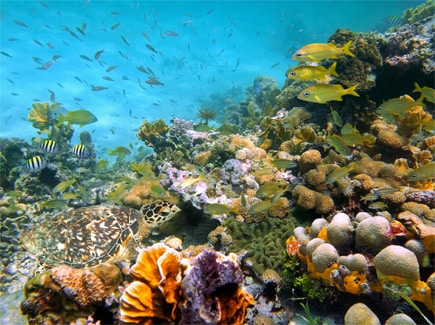

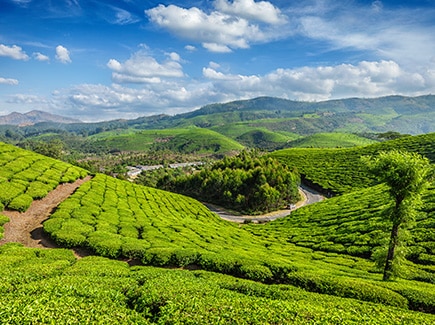
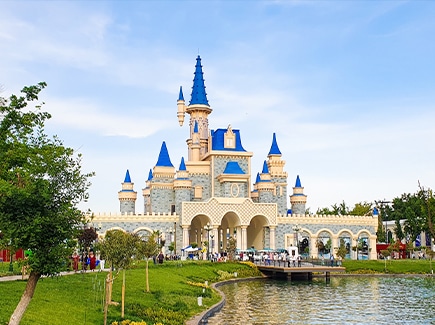
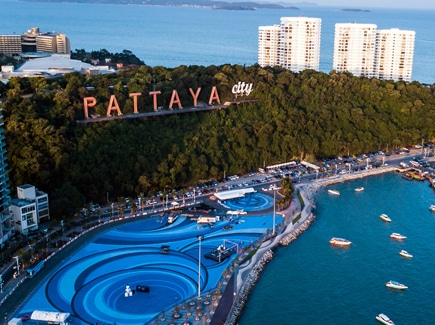
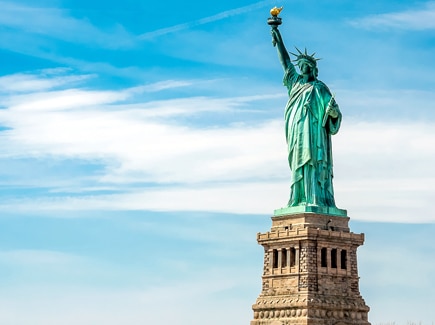
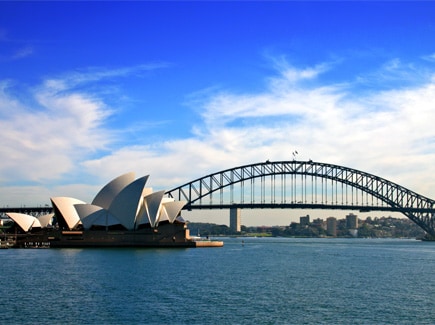

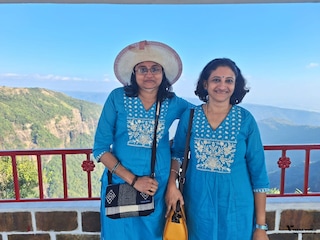
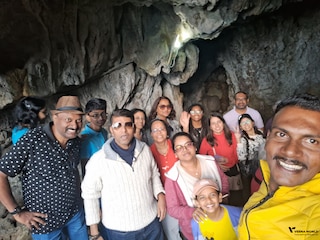

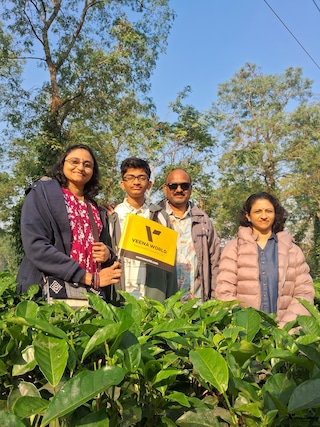
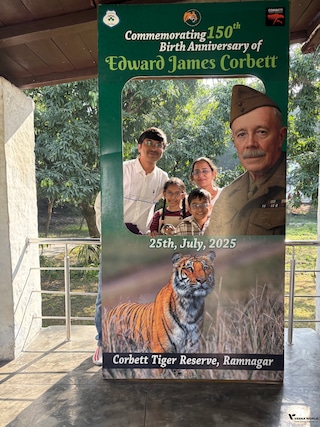

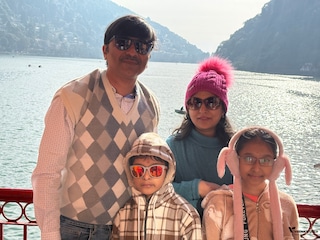
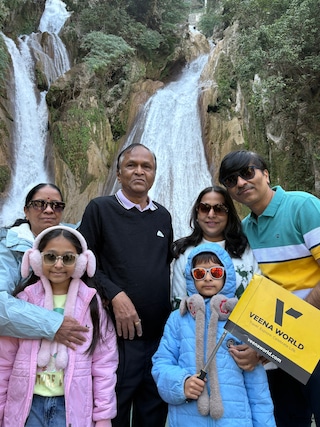
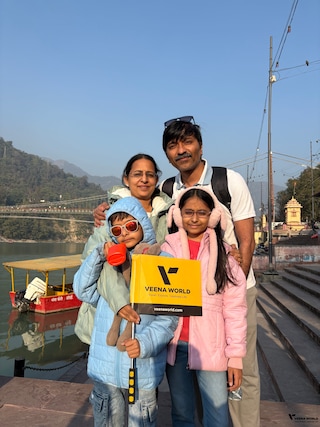


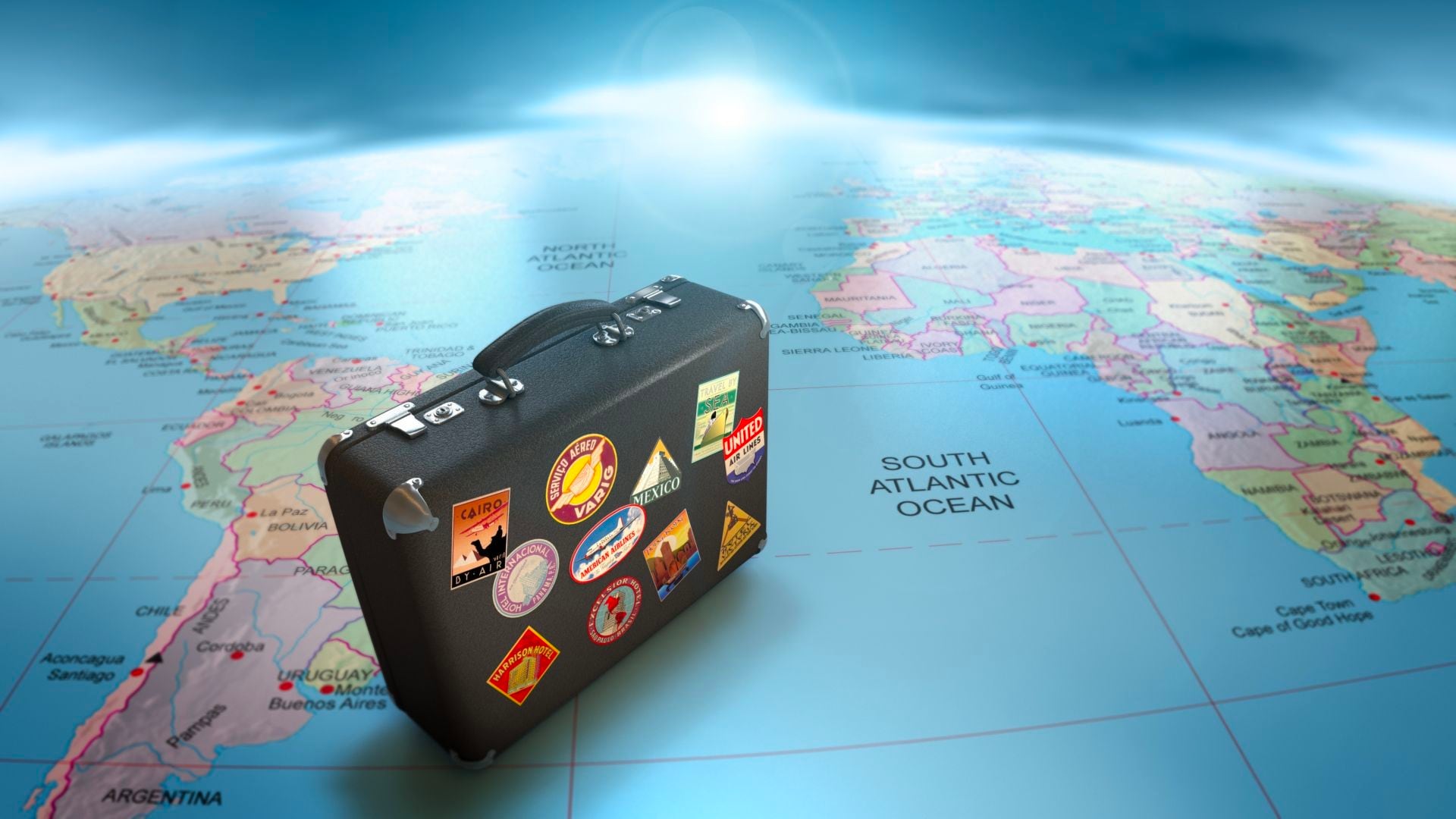

Post your Comment
Please let us know your thoughts on this story by leaving a comment.